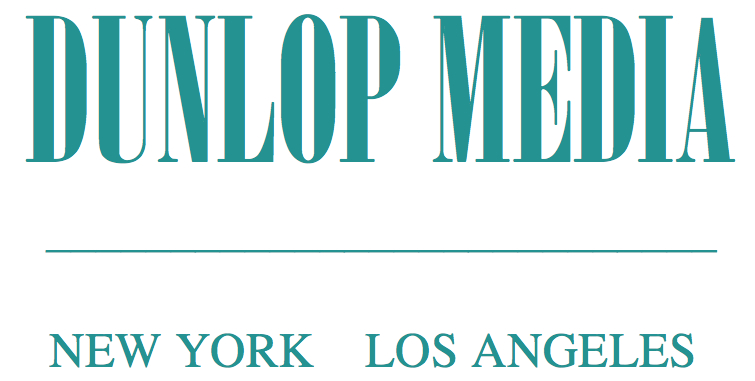Media commentary by Steve Dunlop
“I always tried to turn every disaster into an opportunity,” said John D. Rockefeller, a man who lived through opportunities and disasters aplenty.
But Rockefeller (at right, in 1885) is silent on a natural follow-up question. Disasters, by their nature, are easy to recognize. But just how do you identify an opportunity?
AIG thinks it sees one. The insurance giant, still bearing the scars of a 2008 disaster largely of its own making, offered a new product this week designed to provide a modicum of protection against the sort of existential media crisis that it suffered. (Read more about it here.)
The blogosphere saw an opportunity of its own, lighting up like a pinball machine. “Sounds like a scam,” chortled one wag. “I’d like to sell you some cloud insurance,” sniffed another.
And my favorite post: “I am going to start selling ‘Embarrassment Insurance.’” Hey, please text me when THAT is for sale.
With all its flaws, a beauty of the free market is its self-correcting nature. There is a market for everything, until there isn’t. Build a better mousetrap that meets a genuine need, get the word out, and you’re positioned for success. But fail to meet a need – or if the need itself disappears – and you’ll soon fail to meet payroll.
This attempt to provide insurance for the cost of crisis communications deserves an A for originality. But it is flawed – and not just for the widely accepted reason that media relations is an inexact science.
A comparison with garden-variety auto insurance, with which most of us are familiar, reveals at least three significant challenges:
- When you have a car wreck, the best insurance companies will not tell you what tow operator to use, or what body shop must perform the repairs. They leave that to your judgment, and perhaps set a cap on the reimbursable cost. Here, you are being directed to specialists from just two companies. They are both large and reputable firms. But aren’t you, and not your insurer, in the best position to decide what sort of help you should enlist?
- When your car is repaired, your insurance company typically signs off on the job. It certifies, in effect, that the damage was repaired, and that the vehicle is roadworthy again. How can any such certification ever be possible in a media crisis? And if it isn’t, just what’s the point of the insurance?
- Public relations is (and ought to be) a free discipline, since the speech in which it deals is largely protected by the First Amendment. Insurance, on the other hand, is a highly regulated industry. And when insurers pay, they have a say – just as they do now in how many hours it should take your local body shop to replace a bumper. Is the PR world ready to accept that?
The market, as it does for every product, will decide the future of AIG’s initiative. Yet, for all its shortcomings, it is probably an opportunity - just the first of many in this area. Look for competitors to develop versions of their own.
And there may be an unintended side benefit. The insurance industry’s core specialty, after all, is risk assessment. If legions of risk evaluators are unleashed into the arena of reputation management, certain companies will inevitably be flagged as “bad reputational risks” based on their behavior - just as they are now flagged as bad credit risks. (Wouldn’t that present a media crisis all its own?)
Anyway, three cheers for that. Encouraging good behavior – rather than influencing perception of bad behavior – has always been the holy grail of the best PR people. In AIG, they may just have found the unlikeliest of allies.



